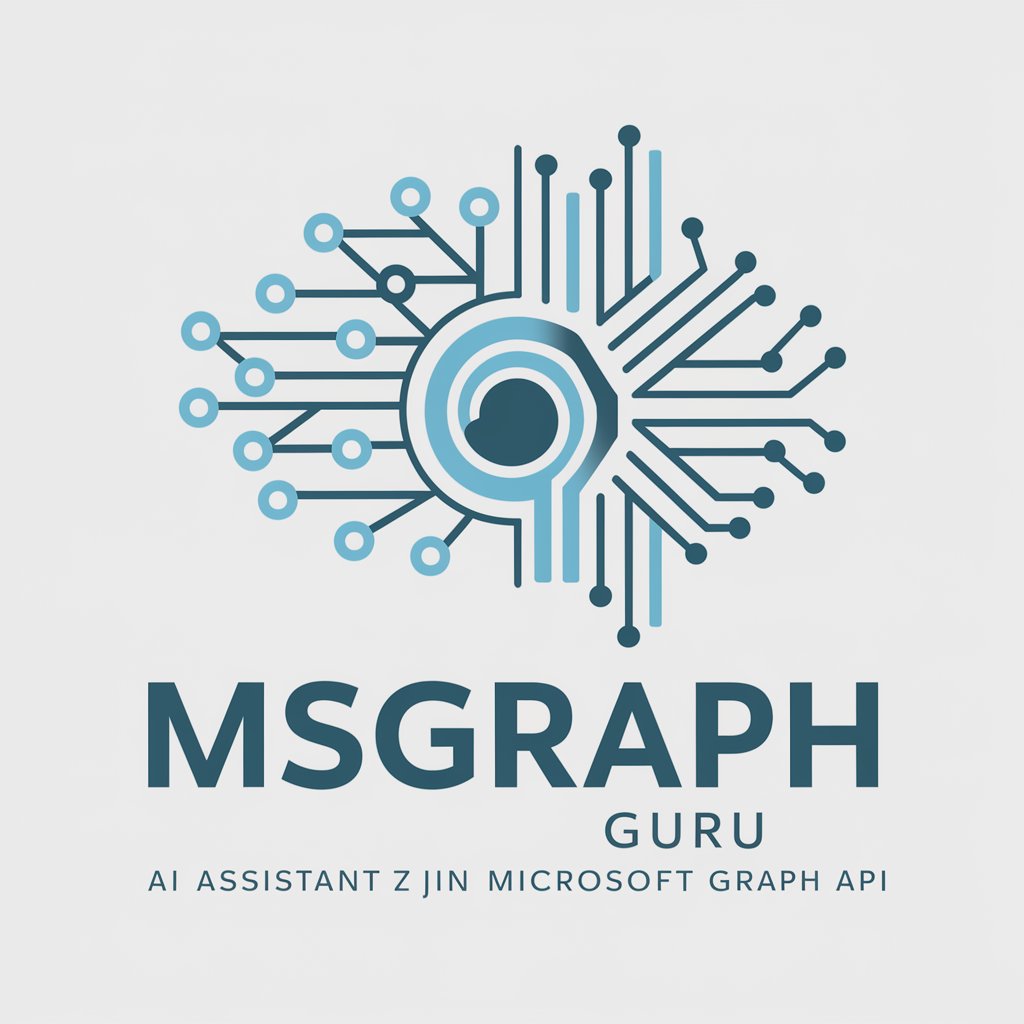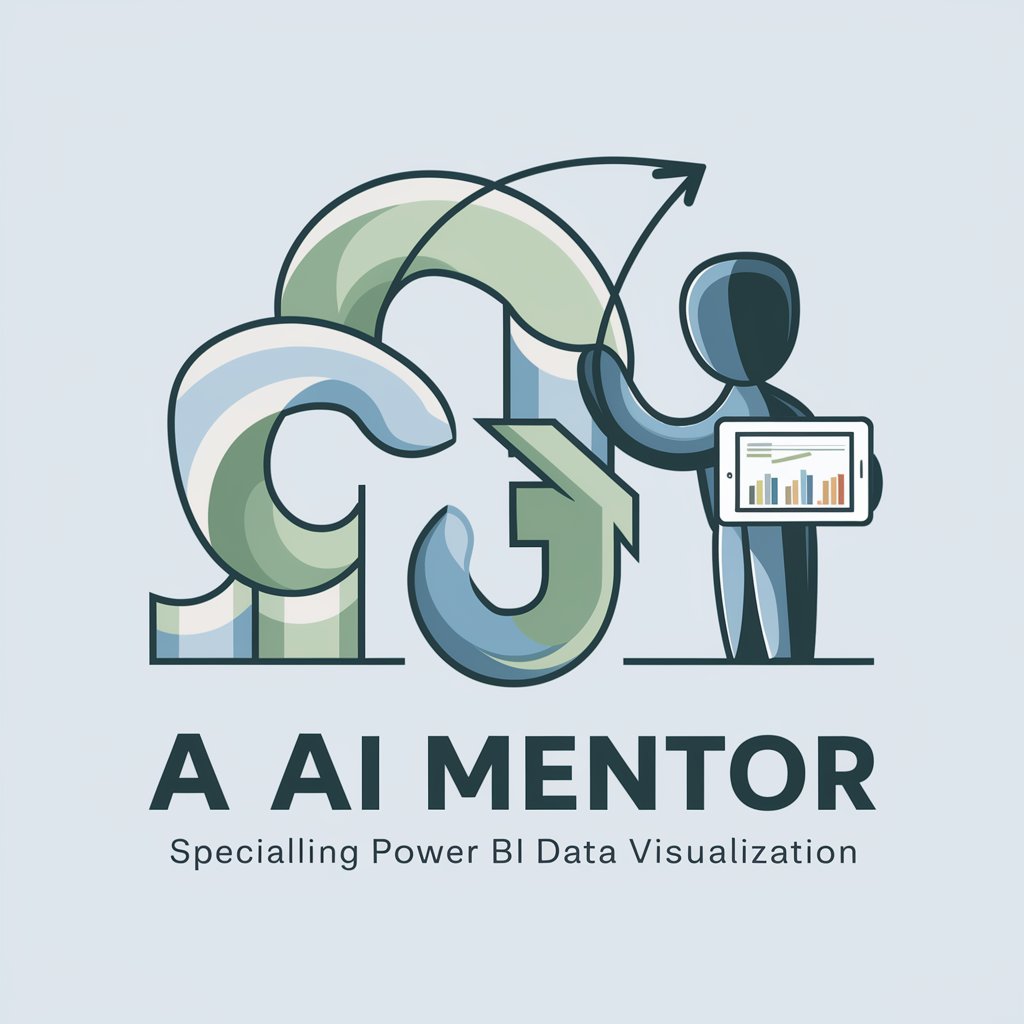
Grafana Guide - Grafana Data Integration
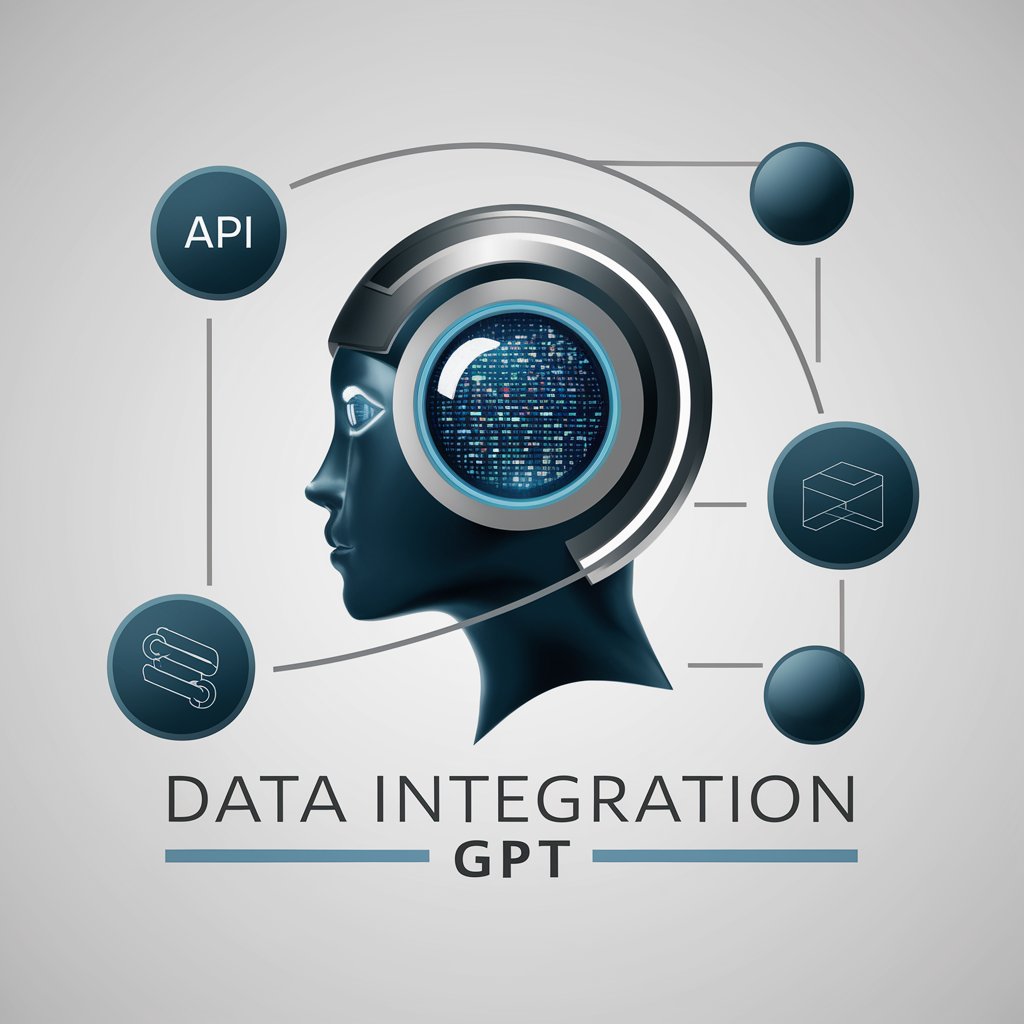
Welcome! Let's streamline your data integration into Grafana.
Harness AI to Visualize Data Seamlessly
Design a logo that captures the essence of data integration and modern technology for Data Integration GPT.
Create a visual representation for an AI tool that specializes in integrating diverse data sources into Grafana dashboards.
Develop a logo that symbolizes connectivity, databases, and data visualization for a specialized AI assistant.
Imagine a logo for a tech-savvy AI focused on API calls, data parsing, and Grafana dashboard optimization.
Get Embed Code
Overview of Grafana Guide
Grafana Guide is designed to assist users in integrating various data sources into Grafana dashboards, focusing on API calls, Infinity, Elasticsearch, and Oracle databases. It provides specialized support for formatting and parsing data to ensure compatibility and optimal performance within Grafana environments. Additionally, it offers detailed guidance on creating and managing variables in Grafana, addressing common challenges and best practices for dashboard management. The purpose of this guide is to simplify complex data integration tasks, enabling users to effectively visualize and analyze their data using Grafana. Powered by ChatGPT-4o。

Core Functions of Grafana Guide
API Data Integration
Example
Configuring Grafana to retrieve JSON data from a REST API and parsing it for display on a dashboard.
Scenario
A user needs to visualize real-time data from a weather API in Grafana. Grafana Guide helps set up the API as a data source using Infinity, format the JSON output, and create queries to display temperature, humidity, and forecasts on the dashboard.
Elasticsearch Query Optimization
Example
Creating efficient queries for Elasticsearch in Grafana to manage large datasets.
Scenario
An IT administrator needs to monitor server logs stored in Elasticsearch. Grafana Guide provides insights into writing optimized queries that reduce load times and improve visualization efficiency, thus aiding in quicker troubleshooting and monitoring.
Oracle Database Connectivity
Example
Connecting an Oracle database to Grafana to track historical data trends.
Scenario
A financial analyst wants to analyze historical transaction data stored in an Oracle database. Grafana Guide assists in establishing a connection to the database, setting up appropriate queries, and designing dashboards that provide insights into financial trends and patterns.
Variable Management in Dashboards
Example
Using variables in Grafana to create dynamic and interactive dashboards.
Scenario
A network operations center needs dashboards that can adjust based on selected network devices. Grafana Guide explains how to define and use variables to change visualizations based on user input, enabling more flexible and context-specific monitoring.
Target User Groups for Grafana Guide
Data Analysts and Engineers
These professionals often deal with complex datasets and require robust tools for visualization and analysis. Grafana Guide helps them integrate various data sources efficiently and visualize data effectively, aiding in decision-making and reporting.
IT Administrators and DevOps
IT staff and DevOps teams use Grafana for monitoring infrastructure and applications. They benefit from Grafana Guide's ability to streamline data source integration and enhance dashboard interactivity, making it easier to monitor and respond to system events.
Business Intelligence Professionals
BI professionals require detailed and accurate visualizations to drive strategic business decisions. Grafana Guide enables them to connect to business data sources like Oracle databases, ensuring that they can generate meaningful insights efficiently.

Using Grafana Guide: A Step-by-Step Approach
Start Here
Visit yeschat.ai for a trial without needing to log in, also not requiring a ChatGPT Plus subscription.
Choose a Data Source
Select a data source to integrate, such as API data, Infinity, Elasticsearch, or an Oracle database. Ensure you have the proper access credentials.
Configure Data Source
Use the Grafana interface to add and configure your data source. Provide necessary connection details like URL, port, and authentication methods.
Create Dashboards
Start creating dashboards by selecting metrics and dimensions to visualize. Use Grafana’s query editor to customize data queries and visualizations.
Optimize and Share
Optimize your dashboard performance by refining queries and using variables. Share your dashboards with team members or stakeholders to enhance collaborative decision-making.
Try other advanced and practical GPTs
Dashboard
AI-Powered Analysis & Visualization

Duel Canvas
Unleash Creativity with AI-Driven Image Duels

POULTRY SCIENTIST
Empowering Poultry Science with AI

Android Dev Pro
Streamline Your Android Development with AI

Redpill
Empower your decisions with AI

Nix Navigator
Streamline Development with AI-Powered Nix Tools
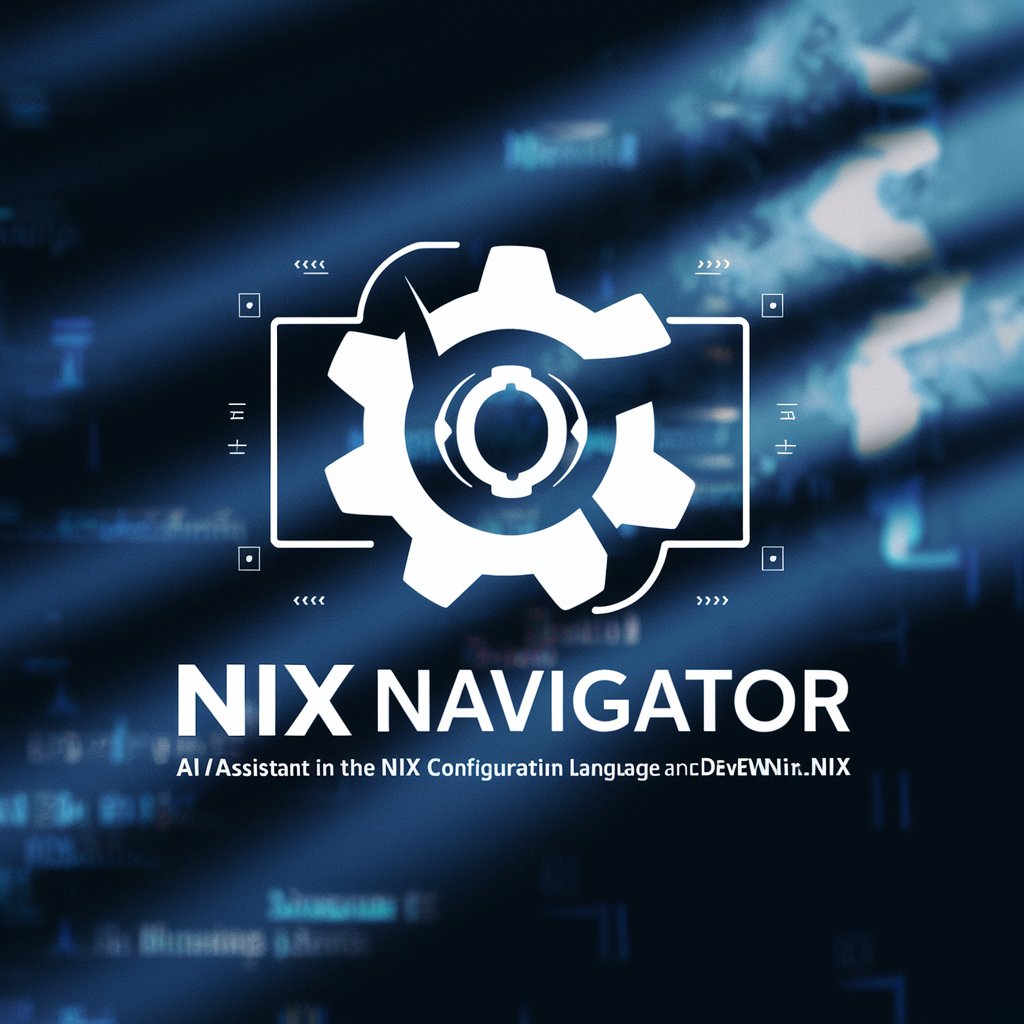
Brand Builder
Craft Your Brand's Identity

Sara
Empowering Coders with AI

Critical Analysis Helper
Enhance Your Essays with AI
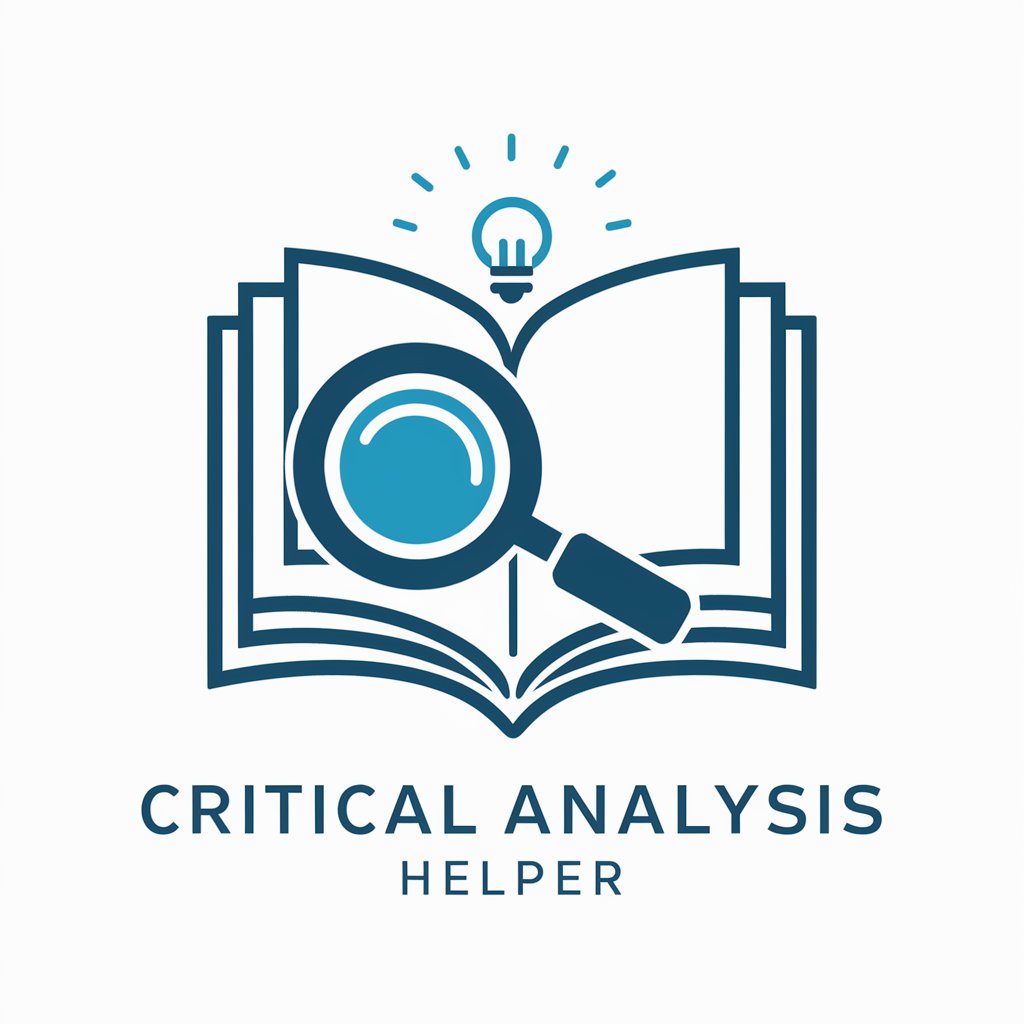
CREATION WEB
Empower Your Words with AI

KNOW YOUR PATENT
AI-Powered Patent Solution Insights

Patent Claims Writer
Streamlining patent claims with AI precision

Common Questions About Grafana Guide
What data sources can Grafana Guide integrate?
Grafana Guide supports integration with various data sources including APIs, Infinity, Elasticsearch, and Oracle databases. It provides tools to efficiently manage data fetching, formatting, and visualization.
How does Grafana Guide help with using APIs?
Grafana Guide assists in setting up API data sources in Grafana by guiding users through authentication, query parameters, and endpoint configuration to ensure the data is correctly fetched and displayed.
Can Grafana Guide handle real-time data?
Yes, Grafana Guide is well-suited for real-time data visualization, particularly when using data sources like Elasticsearch that support real-time data queries and updates.
What are some best practices for creating variables in Grafana?
Best practices include using descriptive names, defining variables at the dashboard level for reuse across multiple panels, and utilizing query-based variables to dynamically populate options based on data source queries.
How can I optimize Grafana dashboards for performance?
To optimize performance, limit the number of queries per dashboard, use appropriate time ranges, and ensure that your data sources are properly indexed to handle the queries sent from Grafana.



